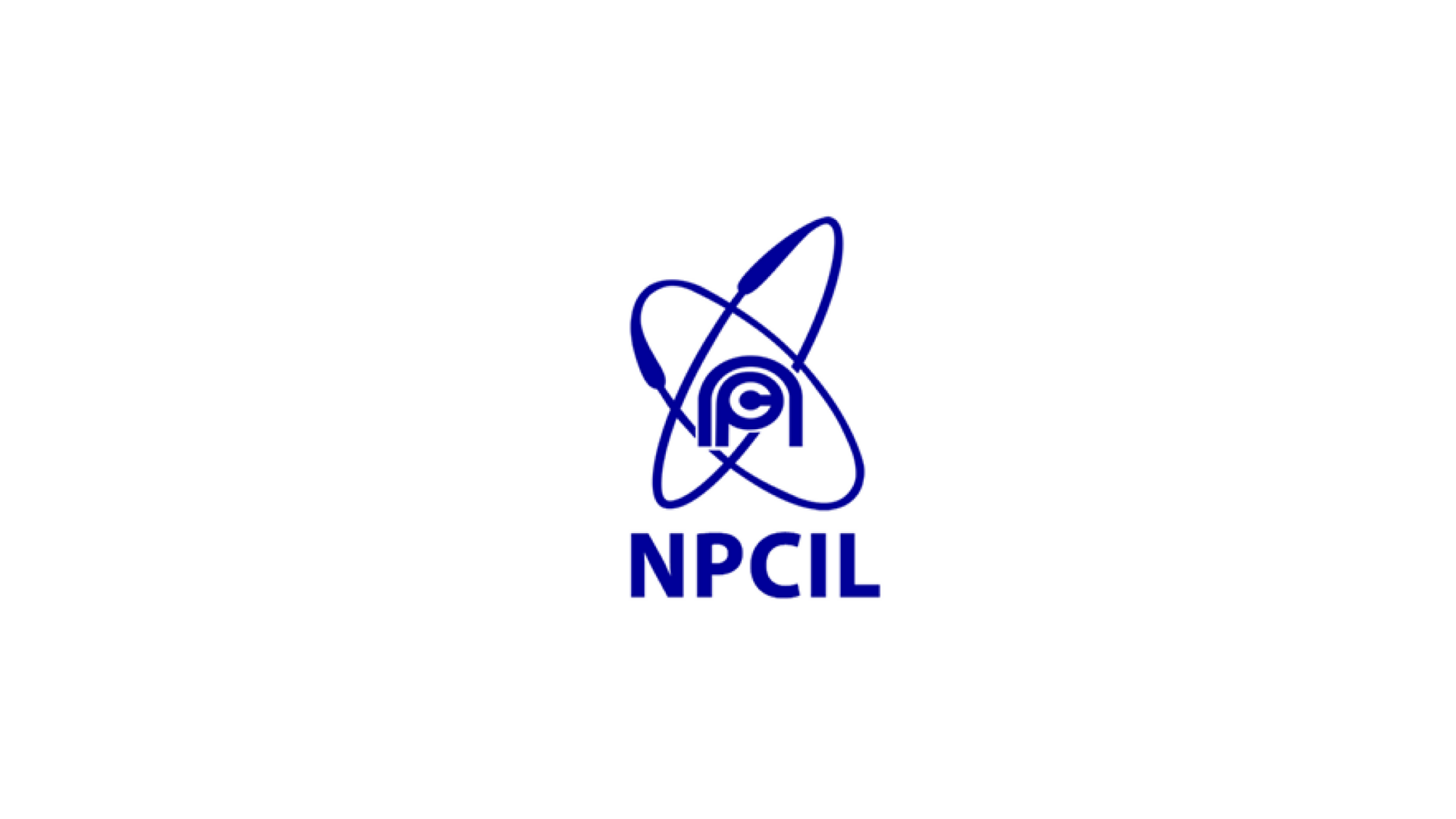
Sustainable Design for Public Sector and Government Buildings
Sustainability is no longer just a buzzword; it’s a necessity, especially in public sector and government buildings. Mshriy C&E is dedicated to promoting sustainable and efficient designs that meet the highest standards of environmental responsibility. This blog post will explore the importance of sustainable design in public sector buildings, best practices, certification processes, benefits, and how Mshriy C&E can support these initiatives.
Importance of Sustainable Design in Public Sector Buildings
Sustainable design is crucial for public sector and government buildings for several reasons:
Environmental Impact:
Public buildings have a significant environmental footprint. Implementing sustainable practices helps reduce this impact, conserving resources and reducing pollution.
Economic Efficiency:
Sustainable buildings are more cost-effective in the long run due to lower energy and water consumption, reduced maintenance costs, and improved longevity.
Public Health:
Sustainable design promotes better indoor air quality and natural lighting, contributing to the health and well-being of occupants.
Regulatory Compliance:
Governments are increasingly mandating sustainability standards for public buildings. Adhering to these standards is not just beneficial but often required.
Best Practices for Creating Sustainable Public Sector Buildings
Energy Efficiency:
Utilize energy-efficient HVAC systems, LED lighting, and renewable energy sources like solar panels.
Water Conservation:
Implement low-flow fixtures, rainwater harvesting systems, and greywater recycling.
Sustainable Materials:
Use recycled, low-emission, and locally sourced materials.
Waste Management:
Develop comprehensive waste reduction, recycling, and disposal strategies.
Indoor Environmental Quality:
Ensure proper ventilation, use non-toxic materials, and maximize natural light.
Achieving Certifications
Certifications from reputable organizations like IGBC, ISHRAE, and ASHRAE validate the sustainability of a building. Here’s how public sector buildings can achieve these certifications:
IGBC Certification:
Focuses on various aspects of green building design, including site selection, water and energy efficiency, materials, and indoor environmental quality. Buildings must meet specific criteria and undergo an assessment process.
ISHRAE Certification:
Emphasizes energy-efficient HVAC systems. Buildings need to implement ISHRAE’s guidelines and undergo performance assessments.
ASHRAE Certification:
Provides standards for energy efficiency, indoor air quality, and sustainable design. Compliance with ASHRAE standards involves detailed planning, implementation, and periodic reviews.
Benefits of Green Building Practices in the Public Sector
Cost Savings:
Reduced energy and water bills, lower maintenance costs, and potential tax benefits.
Enhanced Occupant Comfort and Productivity:
Better indoor environments improve the comfort and productivity of occupants.
Environmental Responsibility:
Contributes to global efforts to reduce carbon emissions and conserve resources.
Positive Public Image:
Demonstrates a commitment to sustainability, enhancing public trust and reputation.

Sustainable design in public sector and government buildings is essential for environmental conservation, economic efficiency, and public health. By implementing best practices and achieving certifications, these buildings can lead the way in promoting sustainability. Mshriy C&E is committed to supporting these initiatives, ensuring that public sector projects meet and exceed sustainability standards.
Thank you for choosing Mshriy C&E to guide your journey towards sustainability. If you have any further questions or need assistance, feel free to contact us.





































































